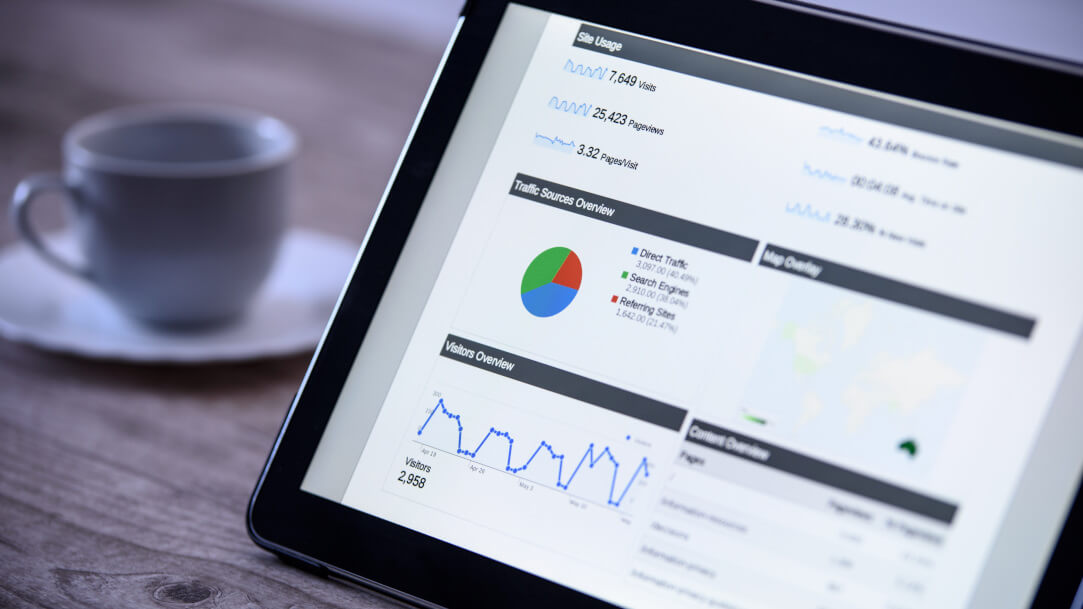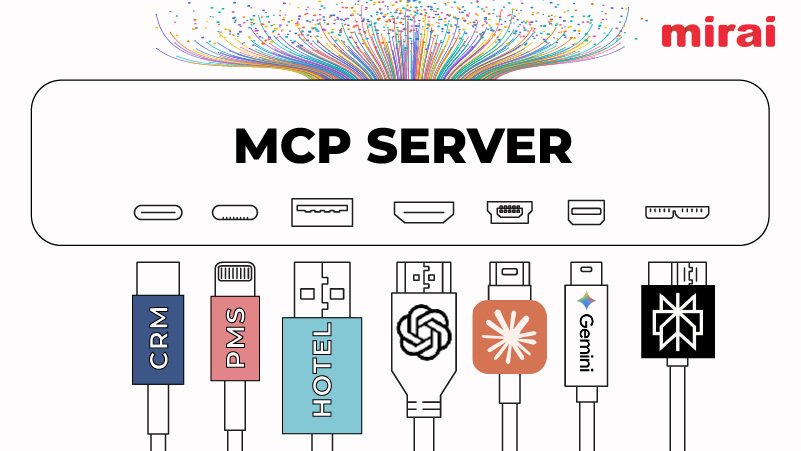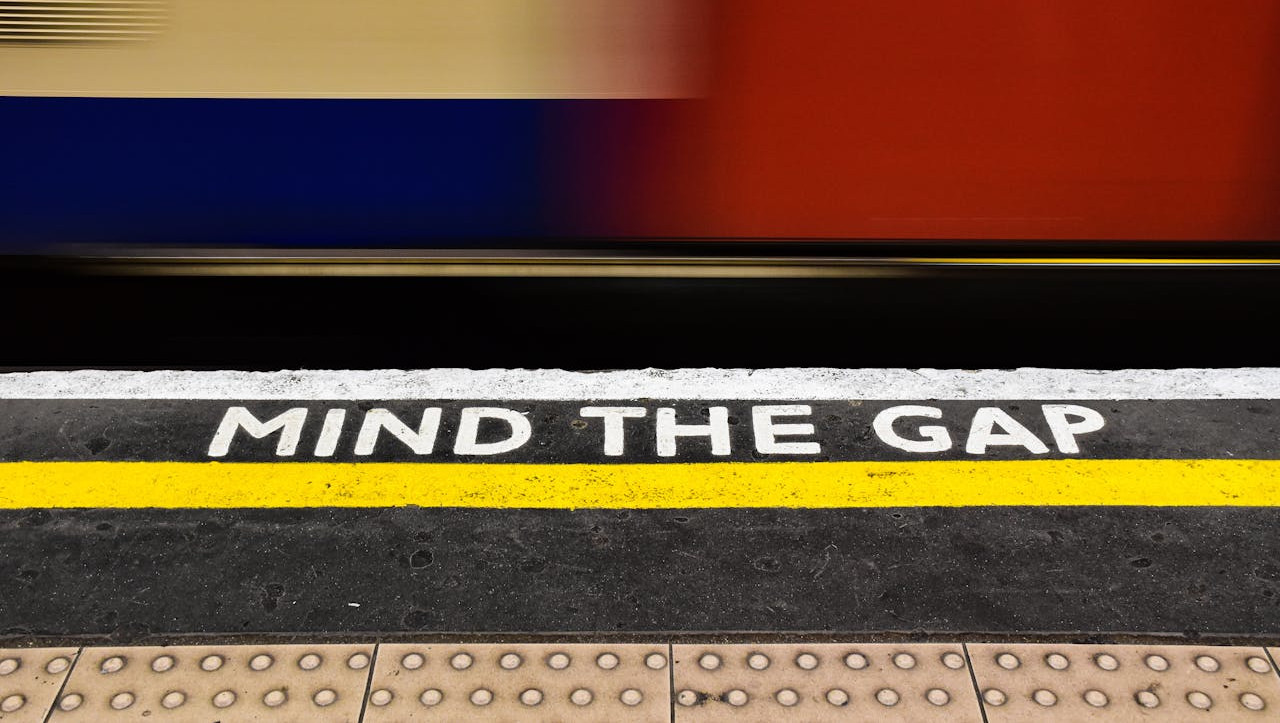
ou can probably already see how AI is helping hoteliers. For example, it can take tedious admin off your shoulders, freeing you up to focus on the bigger picture.
NB: This is an article from Mews
Subscribe to our weekly newsletter and stay up to date
That could be making sharp strategic decisions that boost revenue or focusing on creating remarkable guest stays. Think of it like autopilot on a plane. It handles flying, but there’s still a pilot in the cockpit.
To help you find that balance between the human touch and AI in hotel revenue management, we’ve broken it down into three steps.
1. Set the strategy (so AI can run with it)
Before your revenue management system (RMS) can start optimizing rates with AI, you’ve got to teach it how to think.
Take our plane example. Sure, autopilot can help navigate it to most locations. But first, it needs to know the destination. That’s where the human touch comes in.
In hotels, that’s the revenue, sales, and marketing teams setting the goals and feeding information to the AI to help it do its best work. So, everything from room types to your min/max rates and pricing hierarchy. And the more you share up front, the better the pricing recommendations work for your property, brand and local market.
2. Plan for the predictable
Market demand isn’t static. Public holidays, local events and even weather can all shift performance. So, it’s essential your RMS can adapt quickly when change happens.
Luckily, today’s revenue solutions are built to keep up. By adjusting rates in real time based on historical data and forward-looking trends, they make sure your prices are always in line with the changing market.
Of course, if you want more control then you have that power. All you need to do is feed the system more information. Take your high and low seasons, for example. You can set special rules for main travel times based on your own local knowledge, demand data and event announcements. That way, your system knows when to hold steady and when to surge.




